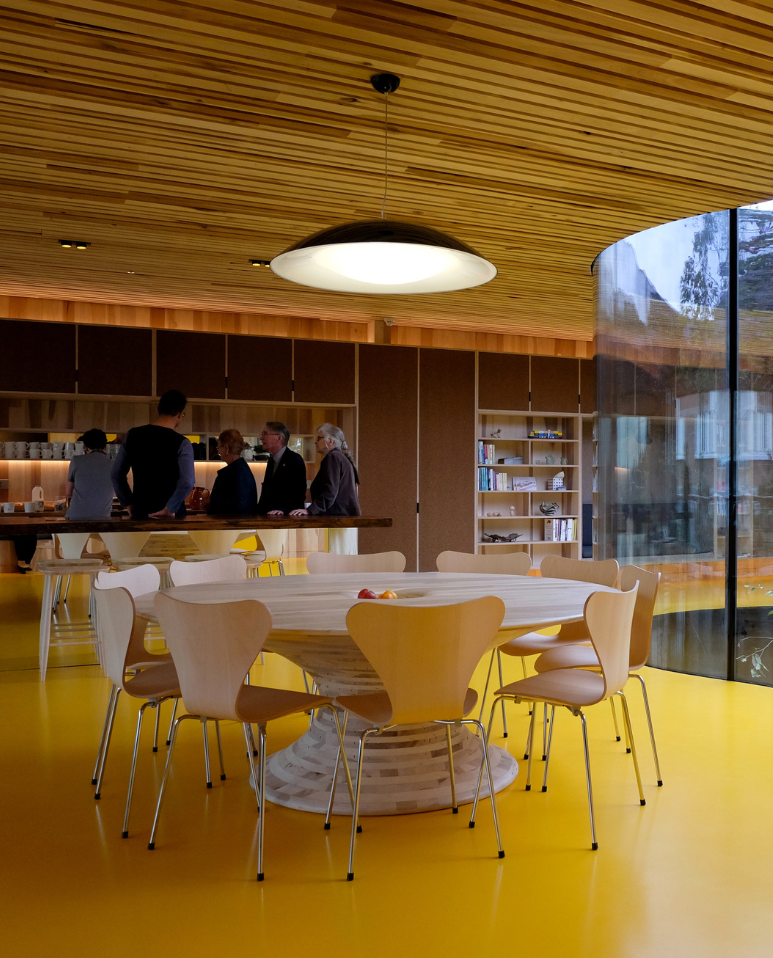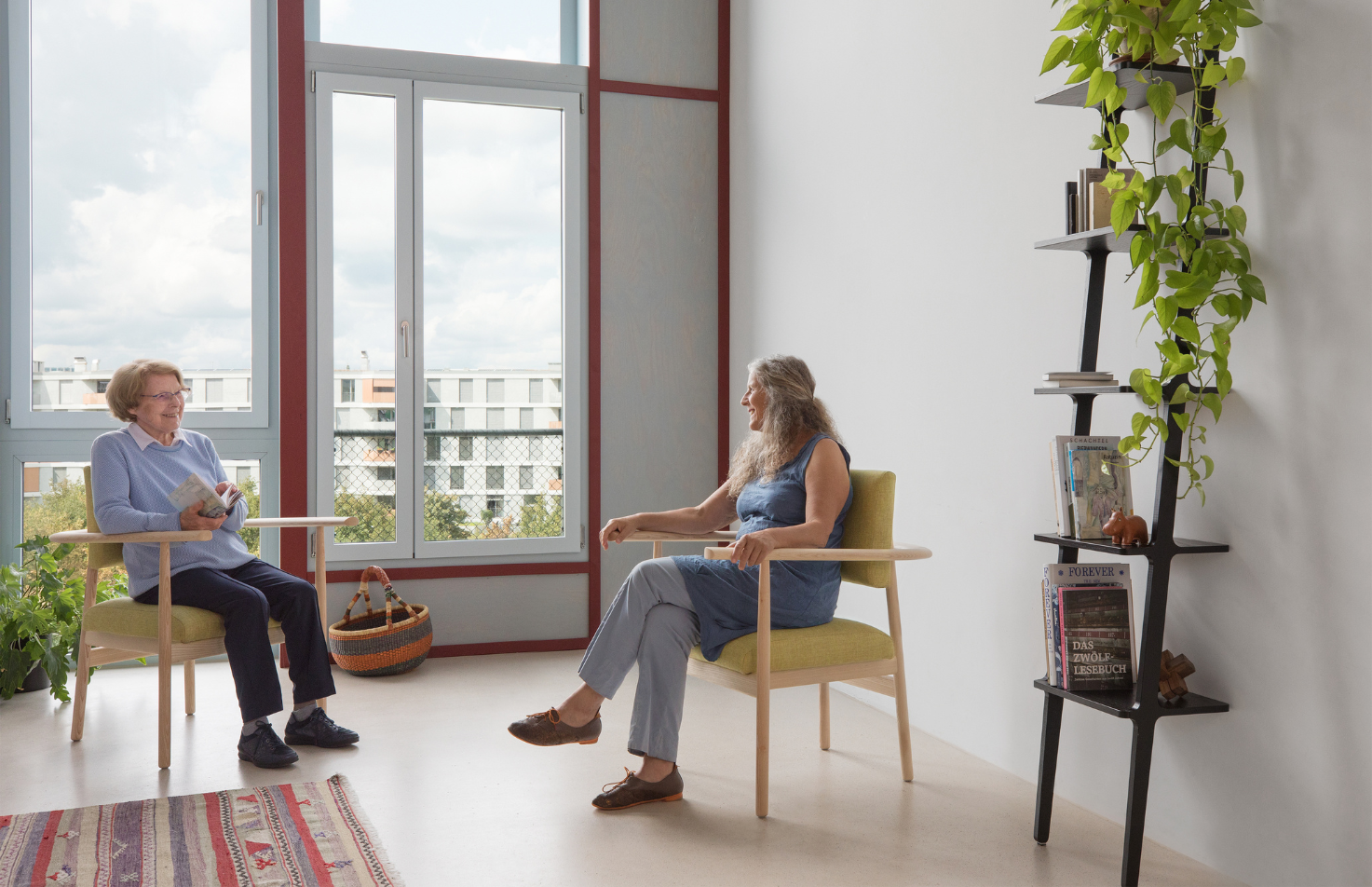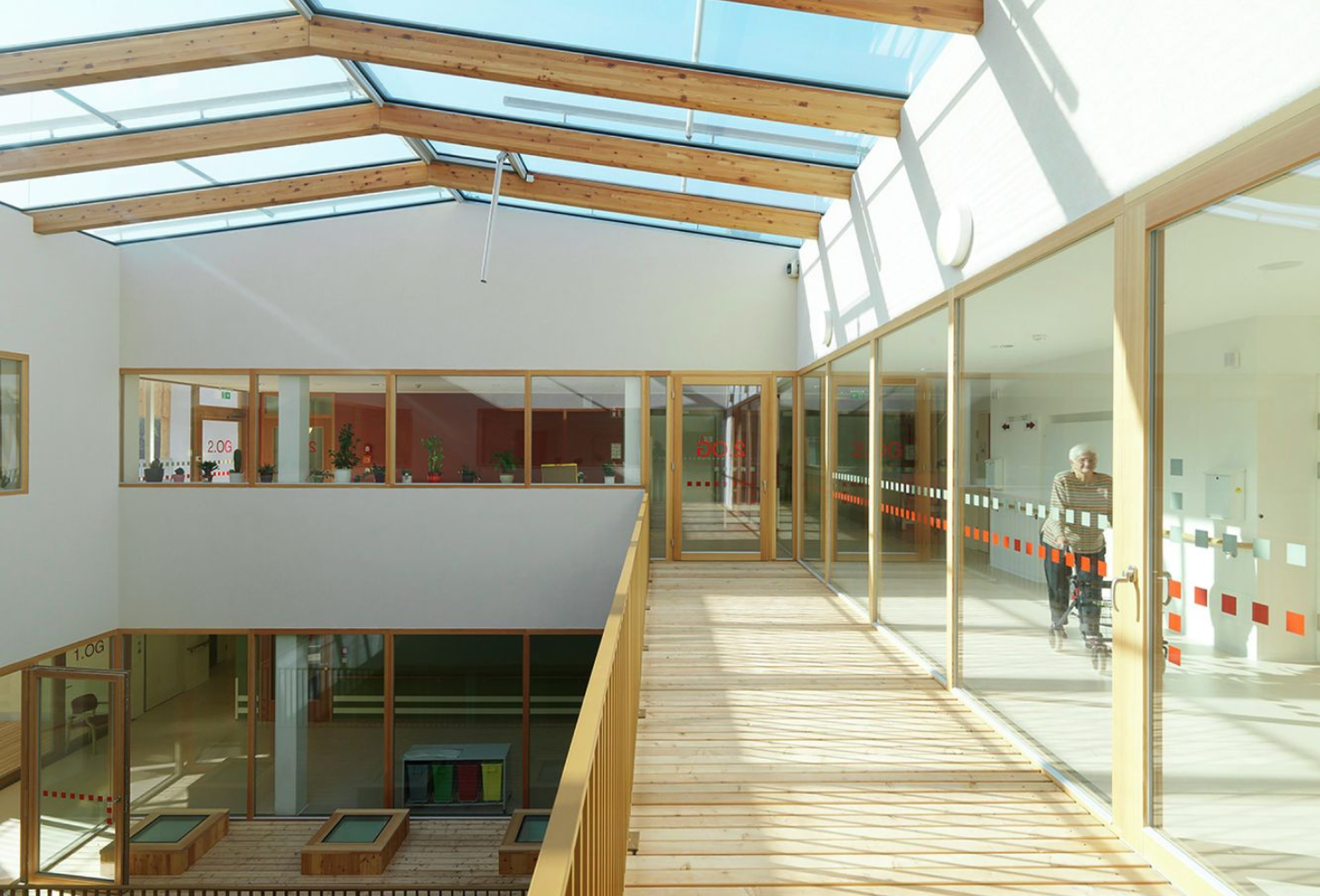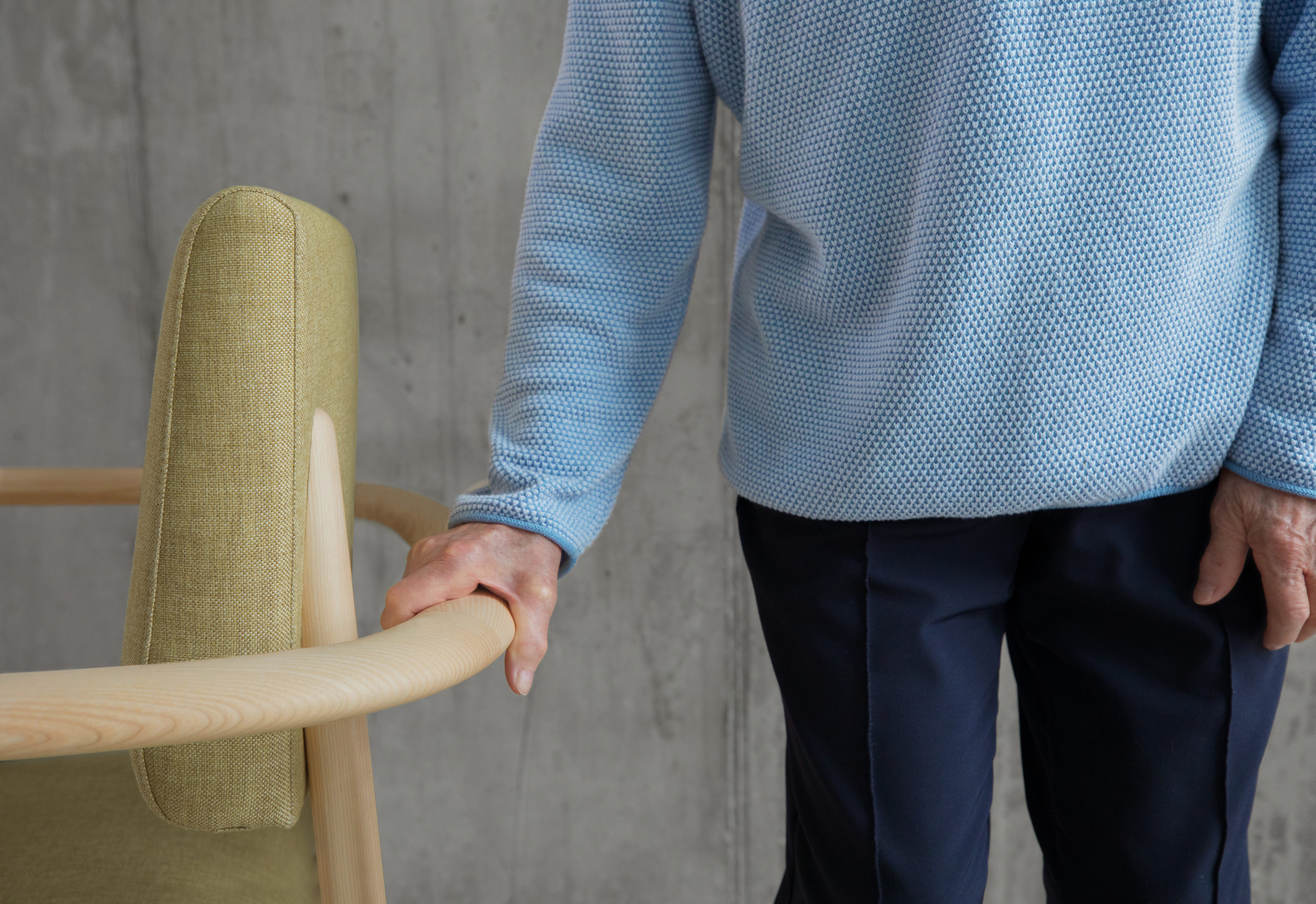The Great Resignation doesn’t appear to be going anywhere, at least among baby boomers. “Lately, we’re seeing an increasing number of workers retiring early due to COVID-19 but, surprisingly these people are returning and rejoining the working population,” says Christina Gialleli, staff operations director at Epignosis. “This is largely down to two main reasons: old employers contacting them due to the scarcity of manpower, and boomers realising they need or want to continue to receive a stable income.”
For the first time in history, offices now bring together the four main generational groups and that’s why they need to have a design that considers the specific needs and expectations of a diverse workforce. Recognising older people’s talent and experience can be a way to tackle times of crisis, as well as to harness their wisdom to train younger workers with regard to resilience and social skills.

One of the most impactful and radical global demographic changes is underway. People are ageing, but they’re enjoying better health and living longer; society is moving towards an increasingly long life.
This new societal make-up will change the working population’s current and future way of working. In this decade alone, the majority of EU countries will see an increase in the proportion of older workers to comprise up to 55% of their total working population (source: International Labour Organization). The increase in longevity and the fall in the birth rate will considerably reduce the proportion of the population of traditional working ages, but it will also allow people to work and contribute to society for much longer.


Retirement is becoming an increasingly blurred concept as remote work and a longer life expectancy allow people to scale their exit from the workforce. This change will affect how individuals structure their careers and the way in which companies manage talent.
In the field of design, there will be changes in the way offices are designed and cities are defined. According to Andre Brumfield, director and global leader of Cities and Urban Design at the architect’s studio Gensler, these new demands will offer planners and designers a new chance to rethink development, transport, business districts and neighbourhoods.
New technologies are simultaneously a challenge and an opportunity for an increasingly age-diverse labour force. In the new working world, the ability to create companies around a multi-generational workforce and that recognise the value and contribution of their workers, whatever their age, will be critical to ensuring companies are prosperous and resistant.
While millennials and Generation Z tend to prefer more informal office environments, workers from older generations are accustomed to private workspaces and holding short meetings. Offering flexible work structures so they can reorganise themselves in just a few steps will be essential to keeping all workers happy and ensuring work is as fluid as possible.
Coloured floors and walls with great contrasts and vibrant designs can trick the eye and make it perceive non-existent obstacles. If older people think they see a step or a hole in the floor, they could trip or fall. Floors in clear colours with no designs are easier to see clearly.
Older workers may have problems with their eyesight that hinders their vision in conditions with little light. Having a combination of natural and artificial light as well as spaces with warm and cold light dimmers are two ways to resolve these issues.
It’s important to have somewhere that people can dispose of medical waste in private. The office shouldn’t be yet another place where there is a stigma related to illnesses, meaning it will be essential to have the right bins in place, and these should be both clean and discreet.
The variable height of seats, robust armrests and ergonomic support make older people feel more comfortable, although these are things that benefit everyone. Office chairs must ensure that people can sit down and get up easily, even if they suffer from limited mobility.
